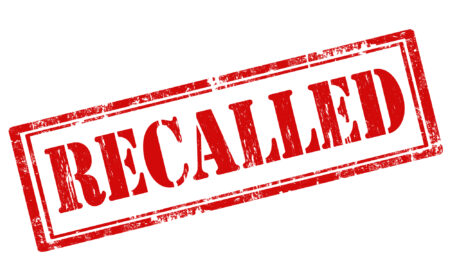According to a healthcare report issued by Kaufman Hall in August, “U.S. hospitals and health systems are experiencing some of the worst margins since the beginning of the pandemic, and 2022 continues to be on pace to be the worst year of the pandemic in terms of financial performance.” This report illustrates how labor expenses have increased, patients with serious illnesses are staying in the hospital longer (resulting in increasing costs), and more patients are choosing ambulatory centers over hospitals for surgical procedures. An accurate item data alignment can help offset some of these losses by improving a hospital’s bottom line immediately.
“Hospitals are constantly looking for ways to improve revenue and reduce expenses. And one way to achieve this is as fundamental as managing an accurate item master and making sure that their Master Data Management (MDM) is effective,” notes Lana Makhanik, COO of VUEMED. Indeed, the financial health of a healthcare organization depends on it.
Ensuring the alignment of item master data across all hospital systems
The item master is a key set of data that feeds into many core functions that are critical to hospital operations, from procurement and management of critical supplies and implants, to accurate charge capture and billing. Supply chain depends on good data to ensure effective inventory management and patient care.
As Makhanik explains, “A poor item master, or its lack of synchronization with other relevant IT systems, impacts literally everything, from items needed for a procedure not being in stock to incomplete charge capture at the point of care. Proper data that is either not available, incorrectly entered, or not entered at all, has a ripple effect of damage, such as inaccurate patient records, delaying or denying revenue opportunities, and operational and supply chain disruptions.”
Continual upkeep of the item master and its synchronization with clinical and financial systems is essential for reducing supply expenses, keeping a lean inventory, improving patient safety and outcomes, ensuring correct billing, having accurate analytics and reporting, and ensuring a clinically integrated supply chain.
To ensure complete revenue integrity, particularly in the supplies and implants intensive procedural areas, several things must be in place, such as the ability for clinicians to quickly, easily, and accurately capture what’s being used; automated submission of charges; and access to real-time visibility into any exceptions that are preventing billing. Maintaining clean, accurate, complete, and up-to-date item master information lies at the core of making these activities efficient and effective, and avoiding costly manual work and potential errors.
Ensuring revenue integrity for our customers
Whether customers are dealing with multiple ERP systems due to acquisitions or aligning data capture across multiple clinical systems, VUEMED provides tools and services for ensuring a common item reference and accurate data capture for each item transaction, including UDI details. We work with customers to create a uniform standardized process for capturing, processing, and submitting charges, thus putting an end to their manual, cumbersome, and resource-intensive process for confirming item use and auditing charges (and eliminating costly human errors). We also help them form a cross-functional team from supply chain, finance, IT, and clinical to align item references across all relevant IT systems.
The tools supporting these efforts
VUEMED’s advanced barcode scanning system, VueTrack™, the cornerstone technology of our entire ecosystem of solutions, ensures full visibility of each item from requisition to billing by tracking clinical inventory and product usage from the point of entry at the facility to the point of care so that the complete lifecycle of each SKU is documented and reported in real time. We maintain perpetual inventory information for each item tracked, down to its lot/serial number and expiration date, and capture swiftly and accurately all UDI and other necessary data, which is then transmitted to all necessary hospital systems, including clinical, MMIS, ERP, and billing systems.
With VueTrack, hospitals gain complete control over their supply chain and achieve:
- Increased billing accuracy and revenue capture.
- Automated procure-to-pay processes.
- Waste reduction through the prevention of expirations.
- Increased data reliability for inventory replenishment and reordering.
- Ensured product availability, optimized par levels, and reduced inventory size.
- Swift and efficient recall management; risk mitigation.
The healthcare supply chain faces unique challenges that clearly impact the quality of patient care, but that also tremendously affect the overall cost of care. The lack of automation and smart technology in hospitals make the management and documentation of supplies painstaking and all-too-often inaccurate. VueTrack enables us to empower hospitals to take control of their supply chain through meaningful and actionable data that ensures revenue capture and accurate billing. Given today’s economic realities, saving hospitals money by cutting costs and increasing revenue is essential.





